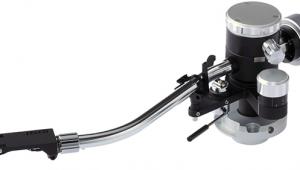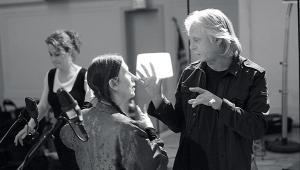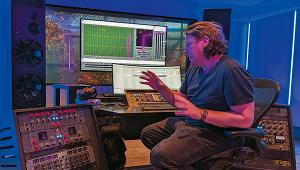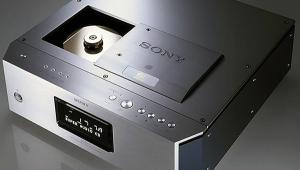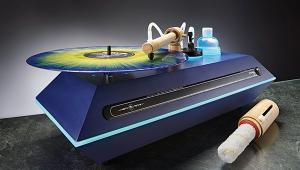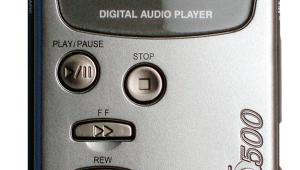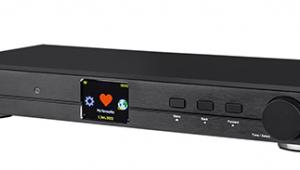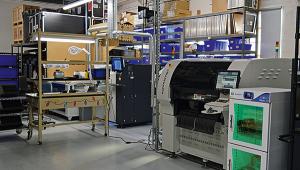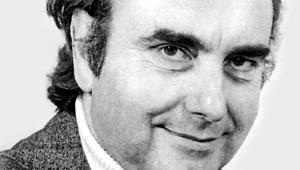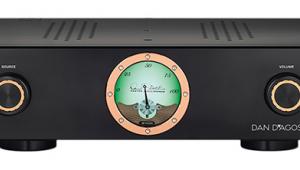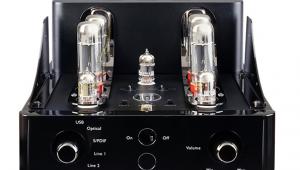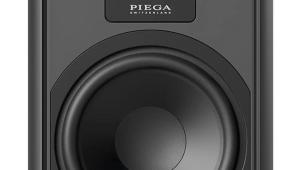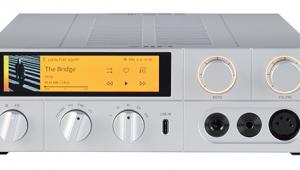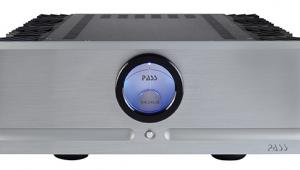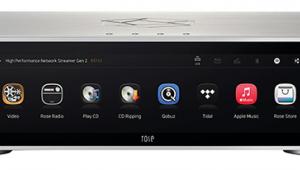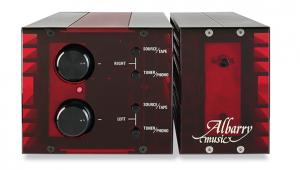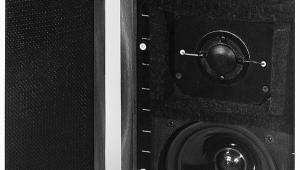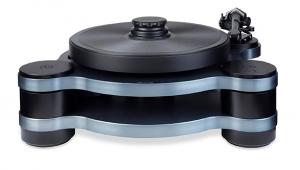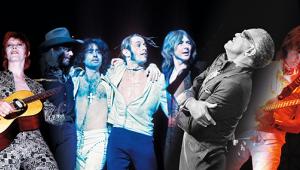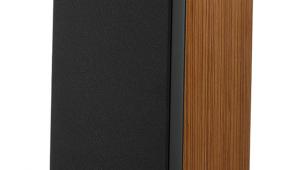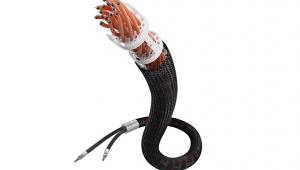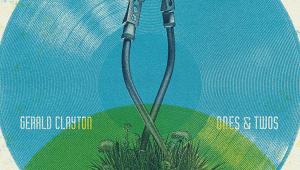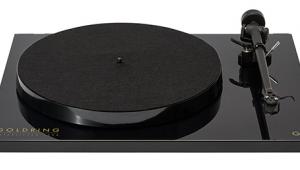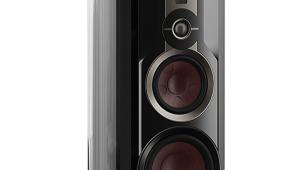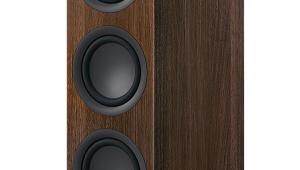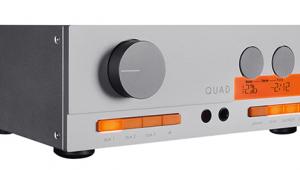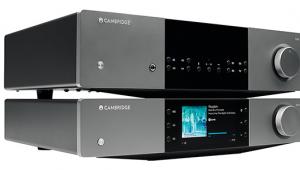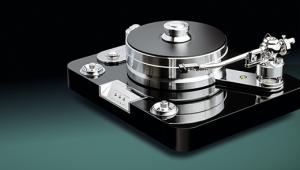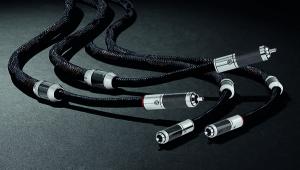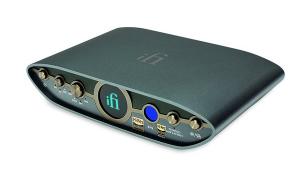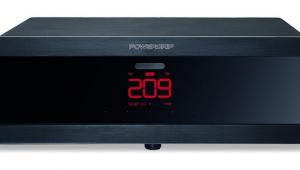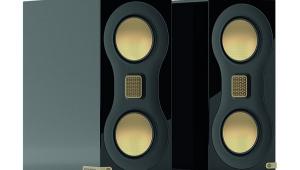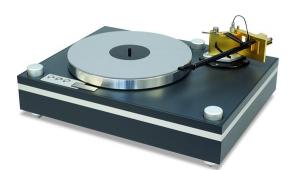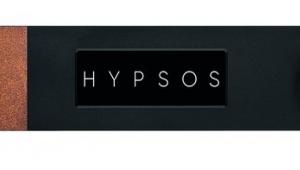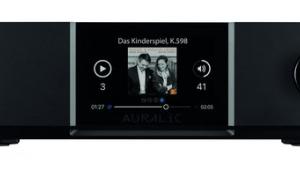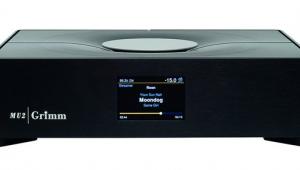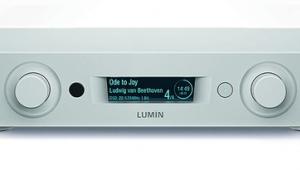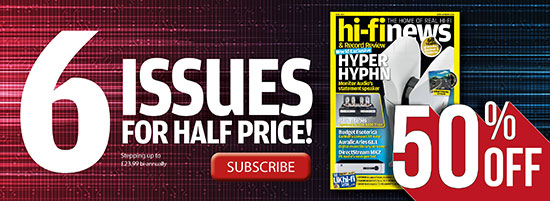Useful uses for AI... at last
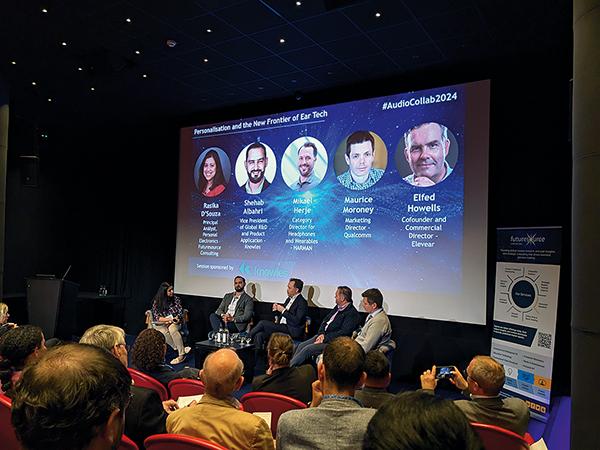
I’m sick of hearing how Artificial Intelligence (AI) is going to change everything for everyone. It will soon be obligatory to stick the label AI on anything audio. But how will giving hi-fi an imitation brain help music? Better room EQ, less brutal LP click removal, undoing compression codec damage, finding international Internet radio stations by musical content... all possible, but hardly awe-inspiring. However, at the last Audio Collaborative Conference, organised by market watchers Futuresource, some genuinely interesting audio AI ideas came up.
To the moon and back
You probably won’t be familiar with Knowles of Illinois. The company’s rather stodgy website talks drily about balanced armature speaker drivers and dual coaxial micro-microphone capsules. Yet, like the better-known Motorola and Qualcomm, Knowles is one of those shadowy giants developing super-small tech that later spins down into consumer gadgetry. Shehab Albahri, VP Research and Development at Knowles, did a better job of grabbing interest when he told how when Neil Armstrong spoke on the Moon about ‘small steps’ he was talking into a Knowles capsule. More recently, Knowles devices brought us the sound of wind on Mars. Just about all modern mobile phones use Knowles transducers, says Albahri. So take heed when Knowles says the recent decision by Apple to make its hi-fi earbuds double as hearing aids is a big breakthrough in audio. ‘Twenty per cent of us need some kind of hearing assistance’, says Albahri. ‘Wearing a traditional hearing aid is not cool but wearing earbuds is cool. So combining consumer electronics with medical aids is the way to go.’ The trick, which is where AI comes in, is to let a consumer device test the owner’s hearing and then formulate the ideal correction. Maurice Moroney of Qualcomm agrees with Albahri: ‘The modern generation has grown up with earbuds. They walk and talk with them. And the ear is the best place to take medical measurements, of heart rate for instance. Earbuds are far better for this than watches’.
Martin Walsh of DTS has a different view of hearing loss. Many people suffer more from inaudible movie and TV dialogue, he says. ‘Fraunhofer research shows that only one in six people have hearing loss but 90% of people over 60 have problems with [TV] dialogue being drowned by background sound which is too close in level’, says Walsh. ‘Turning up the volume just makes everything including the background sound and mumbled words louder. You turn it down because the sound effects are too loud, then there’s soft dialogue with poor articulation and you have to turn it up. You are continually chasing the volume. Often two tiny back-firing speakers are handling what was mixed for an 11.1 movie theatre system.’
The new DTS Clear Dialogue system uses AI to unmix the original audio and re-mix it to make dialogue clearer when heard from a consumer system. The AI has been ‘trained’ by feeding it hundreds of hours of audio tracks. This lets it learn to distinguish between voices, music and effects, and re-mix them to suit the individual user and their circumstances, such as what audio hardware they are using and in what room acoustic.
All ears
The remix is personalised, and nothing is stored in the cloud so there’s very little processing delay. ‘We can mix on the fly with no latency’, says Walsh when demonstrating the system at the Futuresource event, using ‘demo mode’ settings to cater for the mixed audience in an unknown environment. We heard ‘on/off’ clips from sci-fi movie The Martian and coverage of the Tour de France. Dialogue and commentary very definitely rose above the messy movie effects and French crowd shouting. ‘We expect to see Clear Dialogue in TVs in 2025 or 2026’, says Walsh. ‘It can also be used for earbuds. Or hearing aids. There’s no place it can’t exist.’
